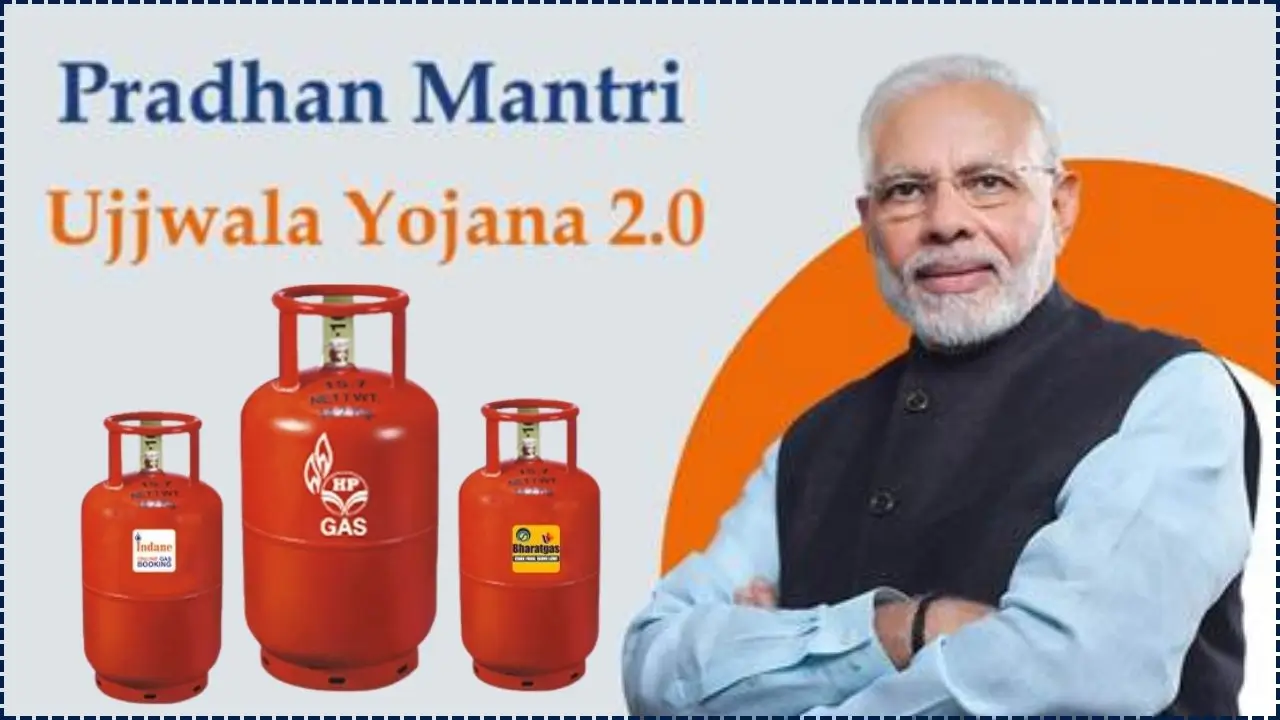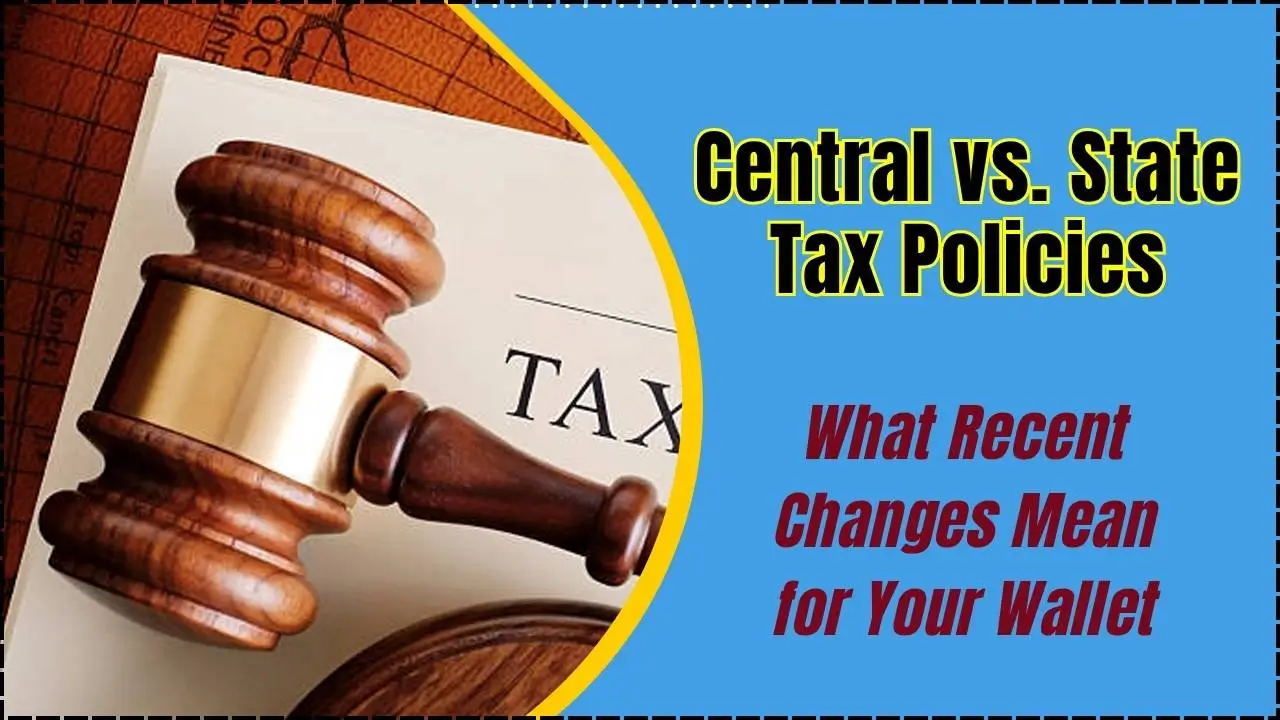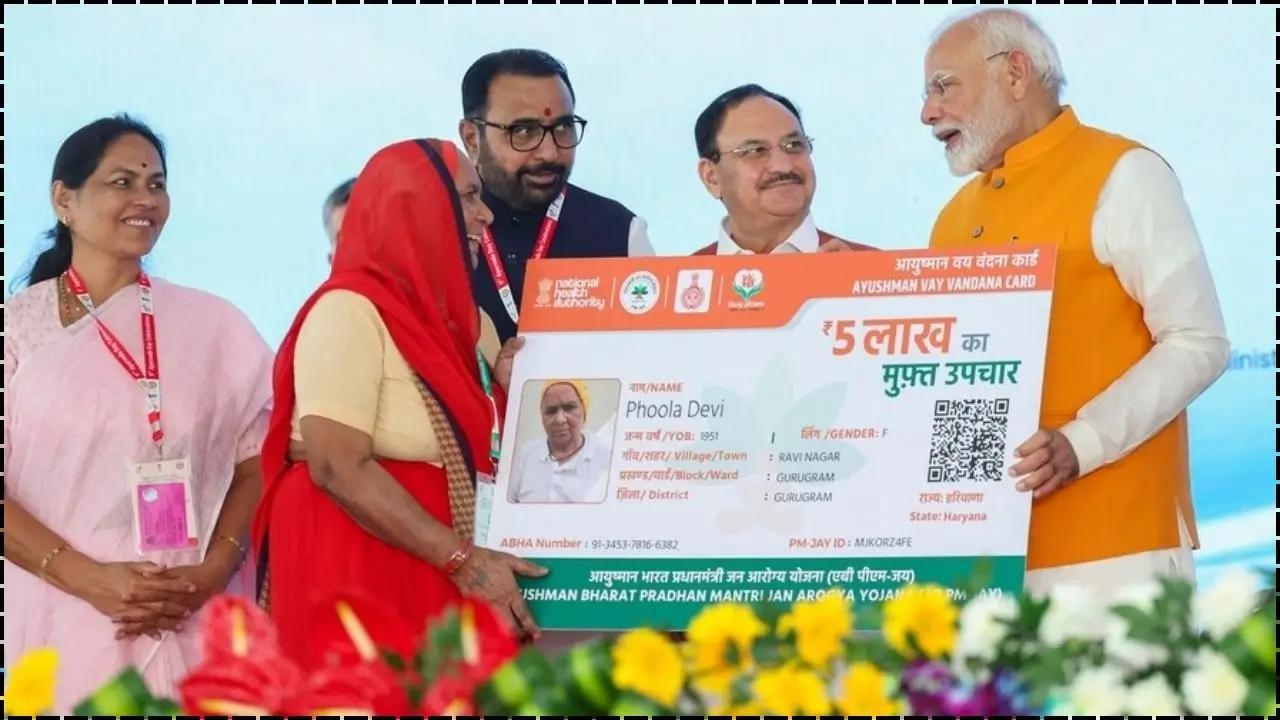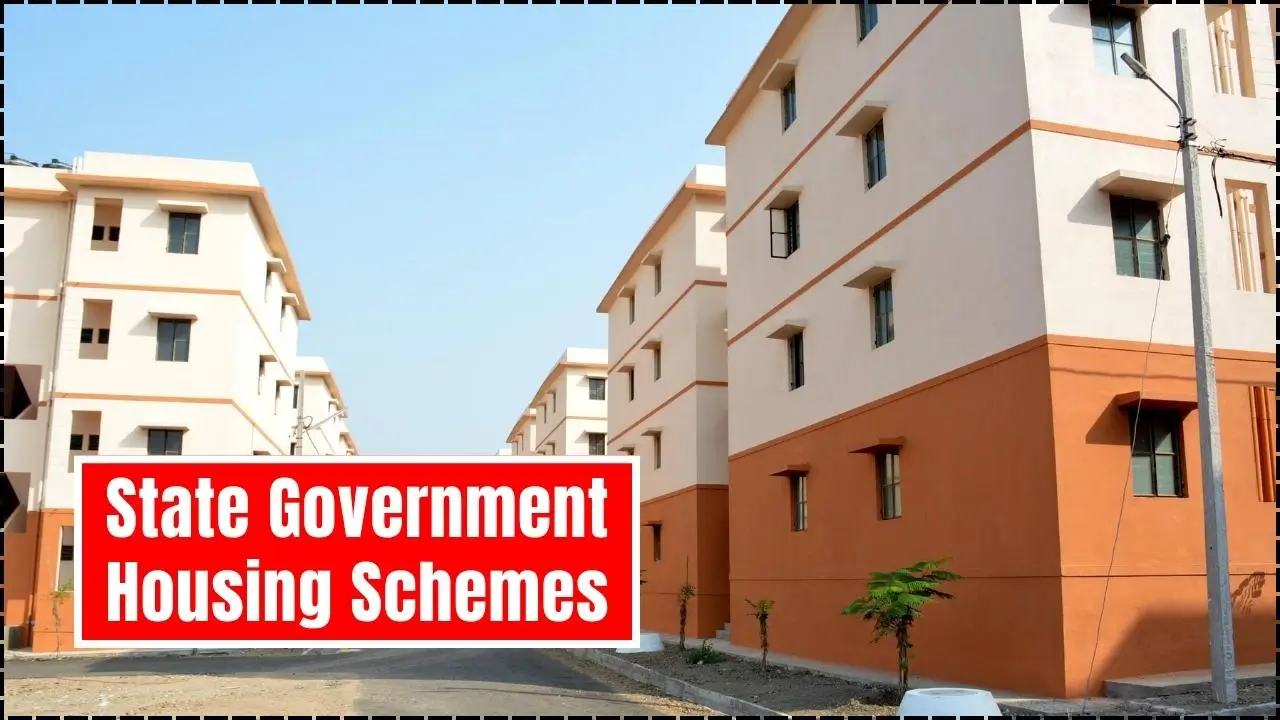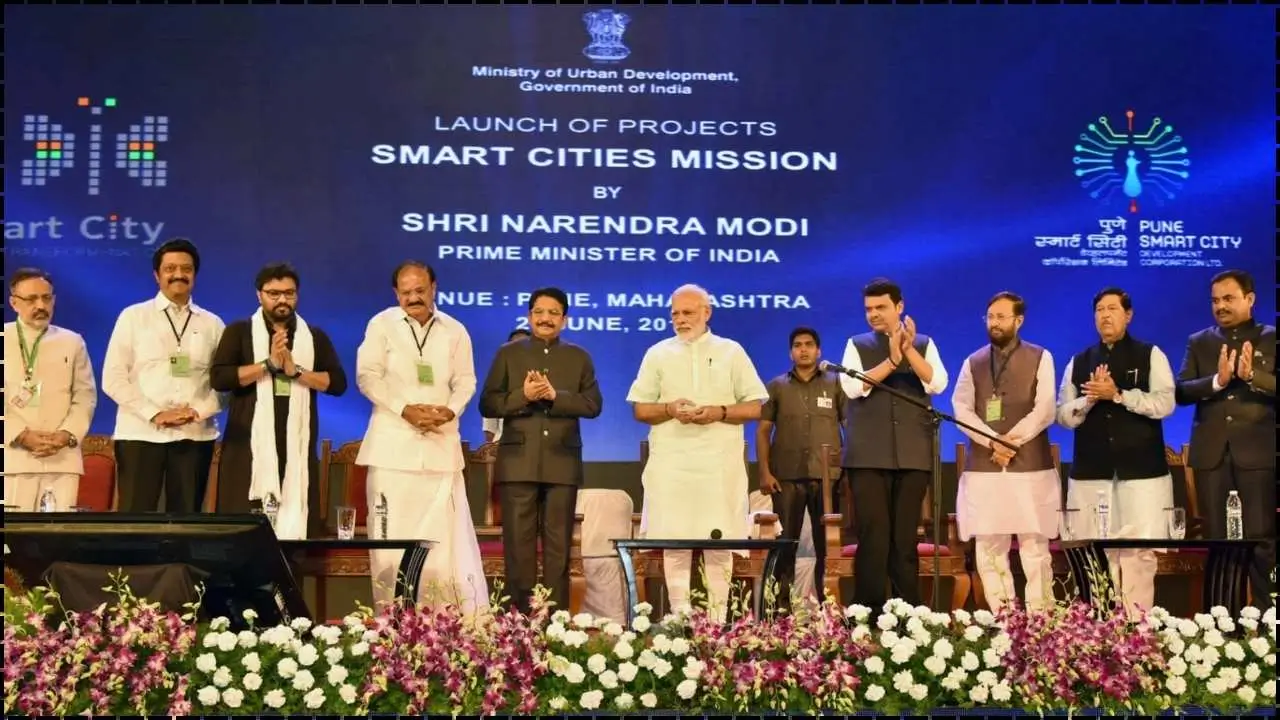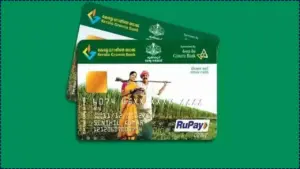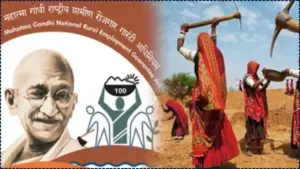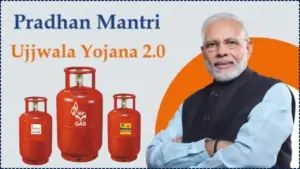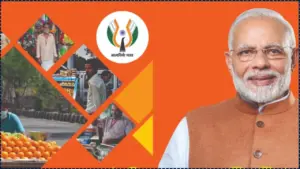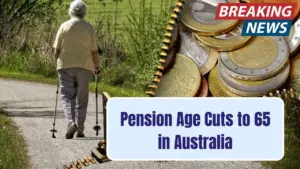The Kisan Credit Card (KCC) Scheme remains a crucial lifeline for Indian farmers in 2025, offering them easy access to loans for crop cultivation, livestock, and other agricultural activities. With enhanced features and streamlined processes, the KCC continues to empower farmers, ensuring they have the financial support they need to thrive in a challenging agricultural landscape.
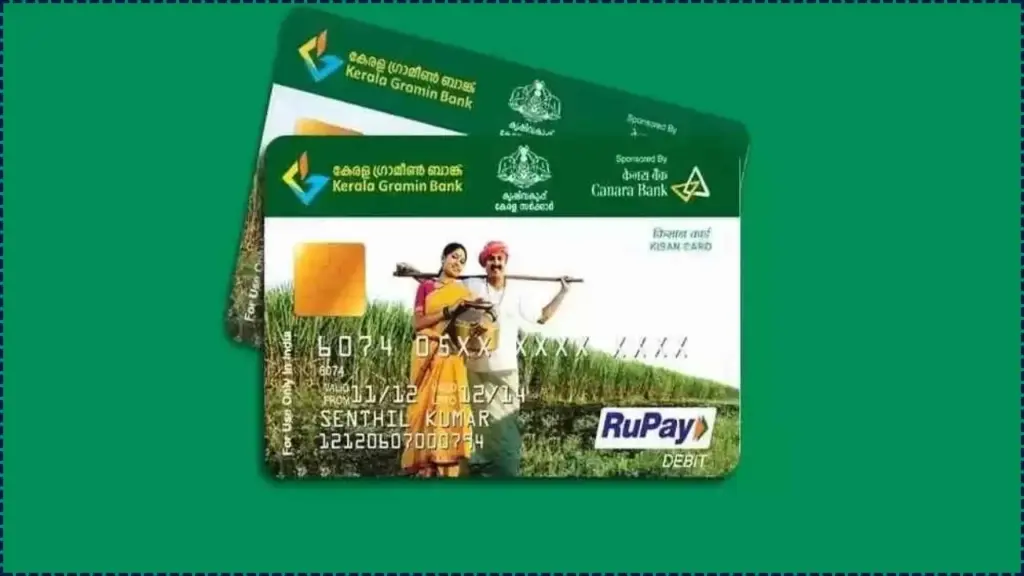
The Kisan Credit Card (KCC) scheme has proven to be a lifeline for millions of farmers in India. With the government’s continuous improvements and the growing adoption of digital systems, farmers can now access financial support more easily than ever before. As India moves forward in 2025, the KCC remains a key instrument for enhancing agricultural productivity, reducing farmer debt, and fostering financial inclusion across rural India.
Kisan Credit Card (KCC) Scheme: How Farmers Can Access Easy Loans in 2025
Launched in 1998, the Kisan Credit Card (KCC) scheme has been a transformative force for Indian farmers. In 2025, the scheme continues to serve as a vital tool to provide farmers with affordable credit, allowing them to meet the financial needs of their agricultural ventures. Whether it’s purchasing seeds, fertilizers, or investing in livestock, the KCC ensures farmers can access funds at lower interest rates, empowering them to grow their businesses sustainably.
What Is the Kisan Credit Card (KCC) Scheme?
The Kisan Credit Card scheme is designed to meet the credit requirements of farmers, covering both short-term needs for crop cultivation and long-term needs for investment in agriculture. The scheme offers farmers the flexibility to borrow money for a variety of purposes such as purchasing seeds, fertilizers, pesticides, and equipment for farming, as well as financing the purchase of livestock or poultry.
Since its introduction, the KCC scheme has been a crucial instrument for increasing financial inclusion in rural areas, offering easy access to formal credit and reducing farmers’ reliance on high-interest informal loans. In 2025, this initiative is more accessible than ever, with improvements in technology and procedures aimed at enhancing the ease of access for farmers across India.
Key Features of the Kisan Credit Card Scheme in 2025
Loan Amount and Interest Rates
In 2025, farmers can avail themselves of loans of up to ₹1.6 lakh without the need for collateral, with larger loans available upon submission of necessary security. The interest rates are among the lowest available, starting at 7% per annum for short-term loans. If the loan is repaid on time, the effective interest rate is reduced to 4%, thanks to an interest subvention of 3% provided by the government. This makes the KCC an attractive financing option for farmers.
For larger loans and investment credit, such as for dairy, animal husbandry, or fisheries, farmers can access higher amounts, with rates also remaining subsidized. This ensures that farmers can take on more ambitious projects without worrying about high financing costs.
Eligibility Criteria for KCC
The Kisan Credit Card scheme is open to various categories of farmers:
- Individual Farmers: This includes owner cultivators and small-scale farmers.
- Joint Borrowers: Groups of farmers working together can apply jointly for loans.
- Tenant Farmers and Sharecroppers: These categories are also eligible, with their tenancy or leasing agreements taken into account.
- Farmers in Allied Sectors: Those involved in dairy farming, poultry, fisheries, and other allied sectors can also benefit from the scheme .
To qualify, applicants must provide valid identification documents, such as an Aadhaar card, proof of land ownership or lease, and a bank account linked to the Aadhaar number.
Application Process for KCC in 2025
The application process for KCC has become significantly easier in recent years, thanks to the digital push by the government. Here’s how farmers can apply:
- Online Application via PM-Kisan Portal: Farmers can apply online by visiting the PM-Kisan Portal and completing the application process. The portal allows farmers to fill in their details, upload necessary documents, and track the status of their applications. The online system significantly reduces the time and effort involved in applying for a KCC.
- Offline Application via Banks: Farmers can also apply for a KCC by visiting their local bank branch, either public or private. Banks provide KCC application forms, and after submitting the required documents, the bank will verify and process the application. In 2025, many banks have simplified the process, ensuring that farmers can quickly access the support they need .
Loan Utilization and Repayment
Once approved, the loan amount is disbursed to the farmer’s bank account, typically within a few days. The amount is meant to cover short-term expenses like seed purchases or long-term investments, depending on the type of loan.
Repayment schedules are designed to align with the agricultural cycle, with most loans expected to be repaid within 12 months after the harvest. However, for longer-term investment loans, such as those for dairy or livestock, farmers may be given extended repayment periods.
Government Support and Initiatives for KCC in 2025
In 2025, the Government of India continues to support the Kisan Credit Card scheme with several initiatives aimed at enhancing its reach and effectiveness:
- Expansion to New Farmers: The government aims to extend the KCC to millions of new farmers, particularly focusing on those from underserved regions or sectors like livestock, poultry, and fisheries.
- Increased Loan Amounts: In response to rising input costs, loan amounts under the scheme have been revised, allowing farmers to access more substantial sums to meet their financial requirements.
- Digital Platforms: A growing number of banks and financial institutions are offering KCC applications via mobile apps, further increasing accessibility for tech-savvy farmers.
Related Links
Apply for Odisha’s New FinTech Policy Support: Here’s How Startups Can Benefit
How to Use the Manipur eGazette Portal: Publish & Download Official Notices in Minutes
Apply for Rajasthan One Nation One Ration Card Online: Step-by-Step Process
Challenges and the Way Forward
While the Kisan Credit Card scheme has been successful in providing financial relief to millions of farmers, there are still challenges to overcome. Some farmers in remote areas still struggle with the application process, either due to limited access to digital platforms or a lack of awareness. Additionally, certain farmers face delays in receiving funds, which can impact the timely procurement of essential agricultural inputs.
To address these issues, experts suggest increasing outreach programs, improving digital literacy in rural areas, and enhancing the role of cooperative banks in supporting local farmers. Dr. Rajeev Kumar, an expert on rural development, emphasizes, “For the KCC scheme to realize its full potential, there must be a concerted effort to simplify the process and bring more farmers into the formal banking system.”
- Cabinet gives nod to extend Modified Interest Subvention Scheme at 1.5% rate for FY26
- 2.5mn farmers to get Kisan Credit Cards
- Fewer borrowers, bigger burden: Punjab’s Kisan Credit Card debt rose Rs 2cr per day in 4 years, now Rs 57,536 cr


